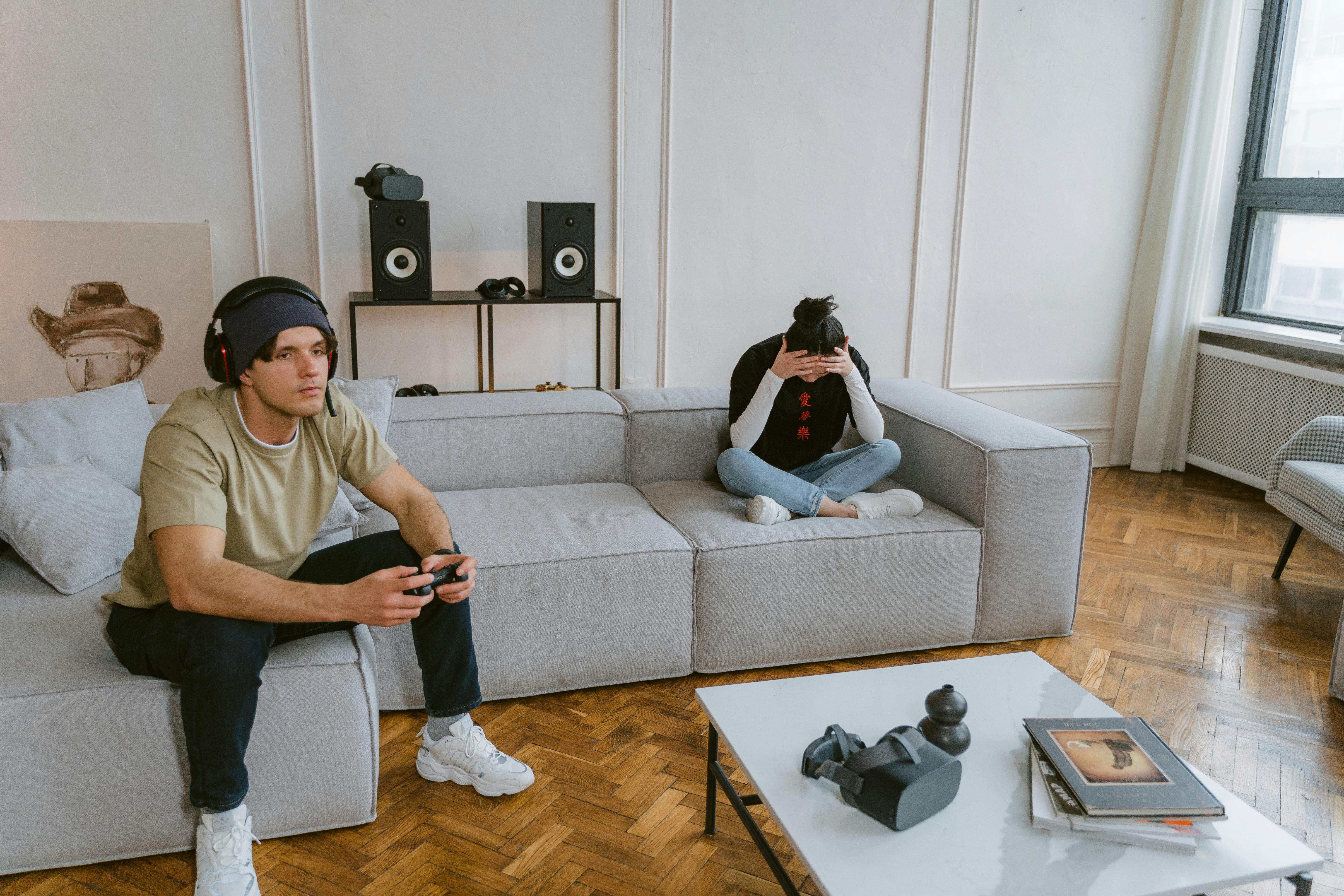For some money is worth more than its weight in gold. For some it’s a childhood hobby, for others it’s a passion that starts as a childhood hobby and progresses into a full career of buying and selling old and rare coins and currency. Those who are in the business are known as numismatics. I recently visited some coin collecting sites and online coin publications and found a side to money that I hadn’t seen before. And it seems that value for money increases with age, as I noticed when comparing test sets, though prices vary between sets and from company to company.
While browsing CoinWorld.com, I found out that there are some coins that are produced for collectors. They are known as proof coins and are not in circulation. I had no idea. My question then was how much are these proof coins worth? If it is a quarter, is it worth 25 cents or more? I started browsing some coin sites. The first one I visited was http://www.coastcoin.com. They’re offering a 2006 South Dakota quarter for 55 cents. Remember, these are uncirculated coins. I continued my search and checked out other sites like USQuarters, they were selling it for 59 cents and other coin companies had similar prices for a single quarter. If you’re a beginner, check out the United States Mint at usmint.gov. They will help you get started with various programs, coin games and information.
I also found that paper money can weigh more in value with age and the price again varies from denomination to denomination and from company to company. Two-dollar bills are sold and auctioned on eBay. There is a 1976 $2 bill for $6.00 and a 2003 bill for $3.95. Some really old money, like an 1869 dollar bill, costs over two thousand dollars at http://www.coastcoin.com. Wow! The numbers seem to be endless as they go up and up from one pocket to another.
This leads me to the next question. How is the value of uncirculated money determined? The answer is grading, which is a system that rates the value of money based on the amount of wear and tear on the coin or paper dollar. See http://en.wikipedia.org/wiki/Coin_grading for more information.
If it is uncirculated money, which means it is not distributed to the public where it can take considerable wear and tear as it travels from pocket to cash register, to the purse, to the bank and so on, and is kept in a safe place, it will hold its value longer and increase in value as time goes by. However, an uncirculated rare coin or coin could end up in public circulation, therefore I pay more attention to my money now because you never know when you might find a diamond in your ruff and it could be a rare one that is worth much more than face value.
